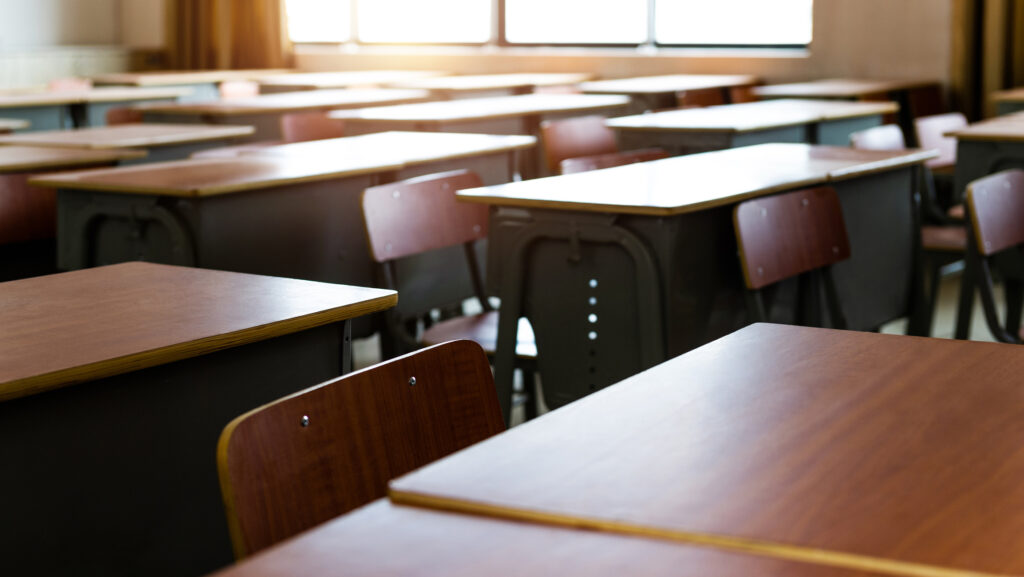The sharp improvement in student achievement at Florida’s 78 failing public schools has shattered claims that competition does not work in education, and that private school vouchers will hurt public schools and the students “left behind” in them.
In a striking demonstration of the power of competition to improve public schools, every school that flunked the state’s school grading system last year is now performing at a higher level.
The result: Instead of an expected 78,000 students being eligible for vouchers this fall, not one additional student is eligible.
“This shows very clearly that we can improve achievement,” Broward County Superintendent Frank Till told the Miami Herald.
Governor Jeb Bush, the driving force behind Florida’s pathbreaking voucher program, agreed. “It is encouraging, in the first year, when all the doomsday folk were saying it was going to be a disaster for public education, to see these kinds of results.”
“The minute we create standards and an accountability system where there’s different consequences between mediocrity and improvement, good things happen,” said Bush.
Bush signed the nation’s first statewide voucher program into law one year ago, on June 21, 1999. The Bush/Brogan A+ Program gives every public school in Florida an A-F grade, with vouchers made available to students in schools that receive an F grade in any two years out of four. With the vouchers, parents may pull their children out of the failing schools and send them to another public school or to a private or religious school.
As soon as the bill was approved by the state legislature last spring, public school officials took actions to avoid the ignominy of having their schools appear on a list of the state’s failing educational institutions. At that time, four of the state’s 2,500 schools were rated as failing. It was estimated that number could rise to as many as 170 by this summer, making as many as 156,000 students eligible for vouchers at the start of the 2000-2001 school year.
But even by the time Bush signed the bill, the number of failing schools had dropped to only two, and the estimate of additional failing schools had dropped to 78, with total enrollment of 78,000 students.
Now, after a year-long effort by educators across the state to improve school performance, Education Commissioner Tom Gallagher announced on June 19 that the 78 F-rated schools had raised their test scores sufficiently to bring their grades up to at least a D. Students at those schools will not be eligible for vouchers this fall.
“Today is a day of tremendous celebration for the students, teachers, and principals at these schools, said Gallagher. “They have provided undeniable proof of what can be accomplished when confronted with a challenge.”
Although voucher opponents did not believe him at the time, Bush had predicted this improvement when he persuaded legislators to support his voucher proposal last spring: If there are no failing schools, he argued, there will be no vouchers.
“All you need to have is the threat of vouchers,” mused University of Florida professor David Figlio to the Tampa Tribune.
Although some critics have questioned whether the test scores represent a real increase in achievement or simply “teaching to the test,” the state’s built-in annual increase in test score requirements means any improvement in achievement that a school attains must be sustained to avoid deployment of vouchers at some time in the future.
“Today’s outcome was the clearest possible endorsement of the school choice idea,” said Patrick Heffernan, president of Floridians for School Choice. Although the Miami-based organization was instrumental in organizing support for passage of the A+ Program, the group’s overall objective is to make vouchers available to all parents, not just those with children in failing schools.
“Families should be able to send their children to schools of their choice, based on what they see are their needs for their children and not on how a school is graded by the state,” Heffernan told the Miami Herald.
Myron Lieberman, president of the Washington, DC-based Education Policy Institute, also sees the A+ Program as “only a step in the right direction” towards the creation of a truly competitive education industry. That will require more than nonprofit private and parochial schools taking in students from poorly performing public schools.
“For-profit schools must also be an important player, for only they have a motivation to duplicate and expand excellence outside of a single building or district,” said Lieberman.
Despite the huge boost it has given poorly performing public schools across the state, the Florida voucher program remains under a legal cloud. Leon County Judge L. Ralph Smith Jr. ruled the program unconstitutional earlier this year but allowed it to continue until a final decision is issued. The 53 students currently receiving vouchers can continue to receive them until the lengthy appeals process is complete.
George A. Clowes is managing editor of School Reform News.




